What Is a Rug Pull In Cryptocurrency?
A rug pull is a scam where cryptocurrency or NFT developers attract investors, then abruptly disappear with the funds, leaving investors with losses.
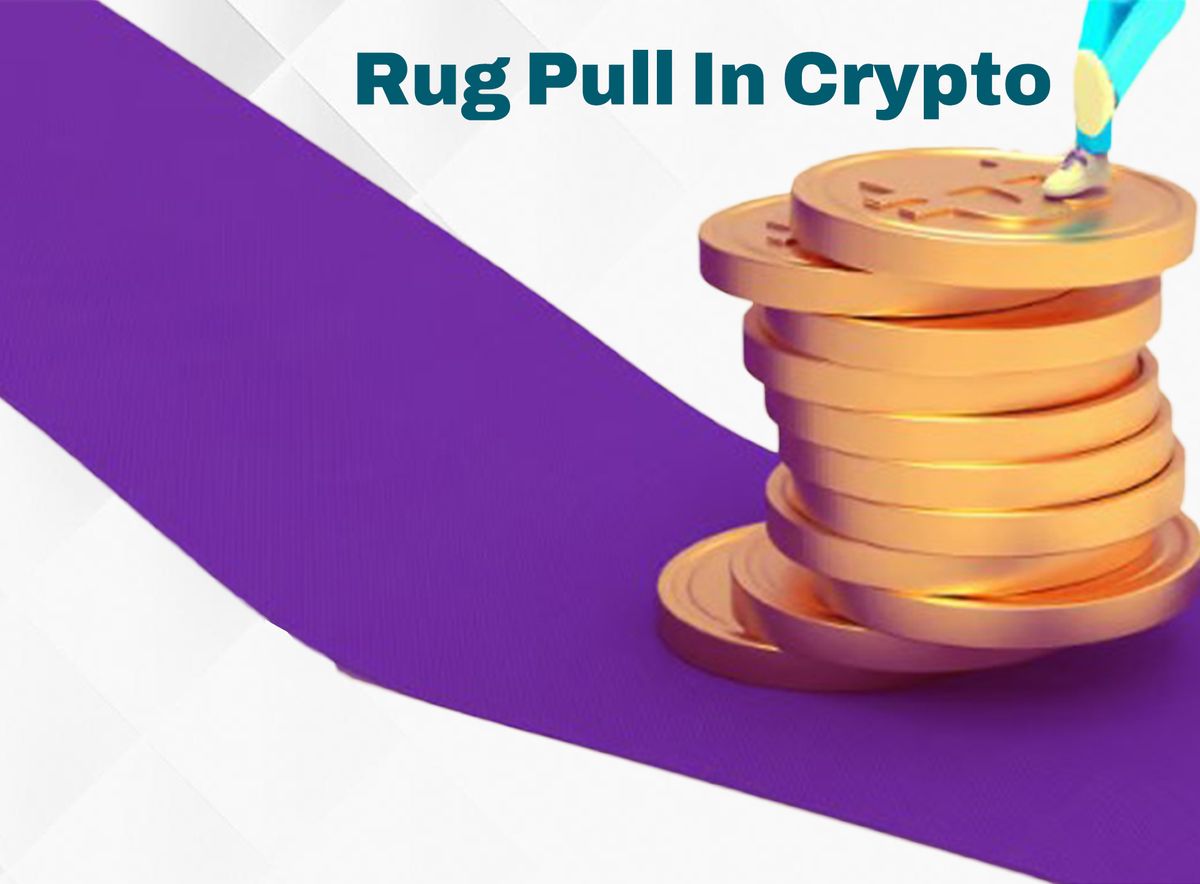
Table of Contents
- What Is a Rug Pull In Crypto?
- Hard Pulls vs Soft Pulls
- Types of Rug Pulls
- How to Avoid a Crypto Rug Pull
- Are Rug Pulls Illegal?
- Examples of Rug Pulls
- How to Spot a Rug Pull
- How to Avoid a Rug Pull
- FAQS
In this article, we’ll explain what a crypto rug pull is, (in)famous rug pulls that have happened, and how to avoid being a victim of a rug pull.
What Is a Rug Pull In Crypto?
A rug pull is a deceptive scam in which the developers behind a cryptocurrency or NFT project use manipulative tactics to attract investors. They often hype up the project, creating excitement and luring people to invest their money.
However, once substantial funds have been collected, the developers suddenly vanish or shut down the project, effectively “pulling the rug out” from under the investors.
As the idiom suggests, rug pulls leave investors no way to get their money or investments back.
Unfortunately, rug pulls have become more prevalent in decentralised finance (DeFi). According to Comparitech’s crypto scam database, in the first six weeks of 2023 alone, there were at least 11 instances of rug pulls, resulting in a combined total theft of over $14 million.
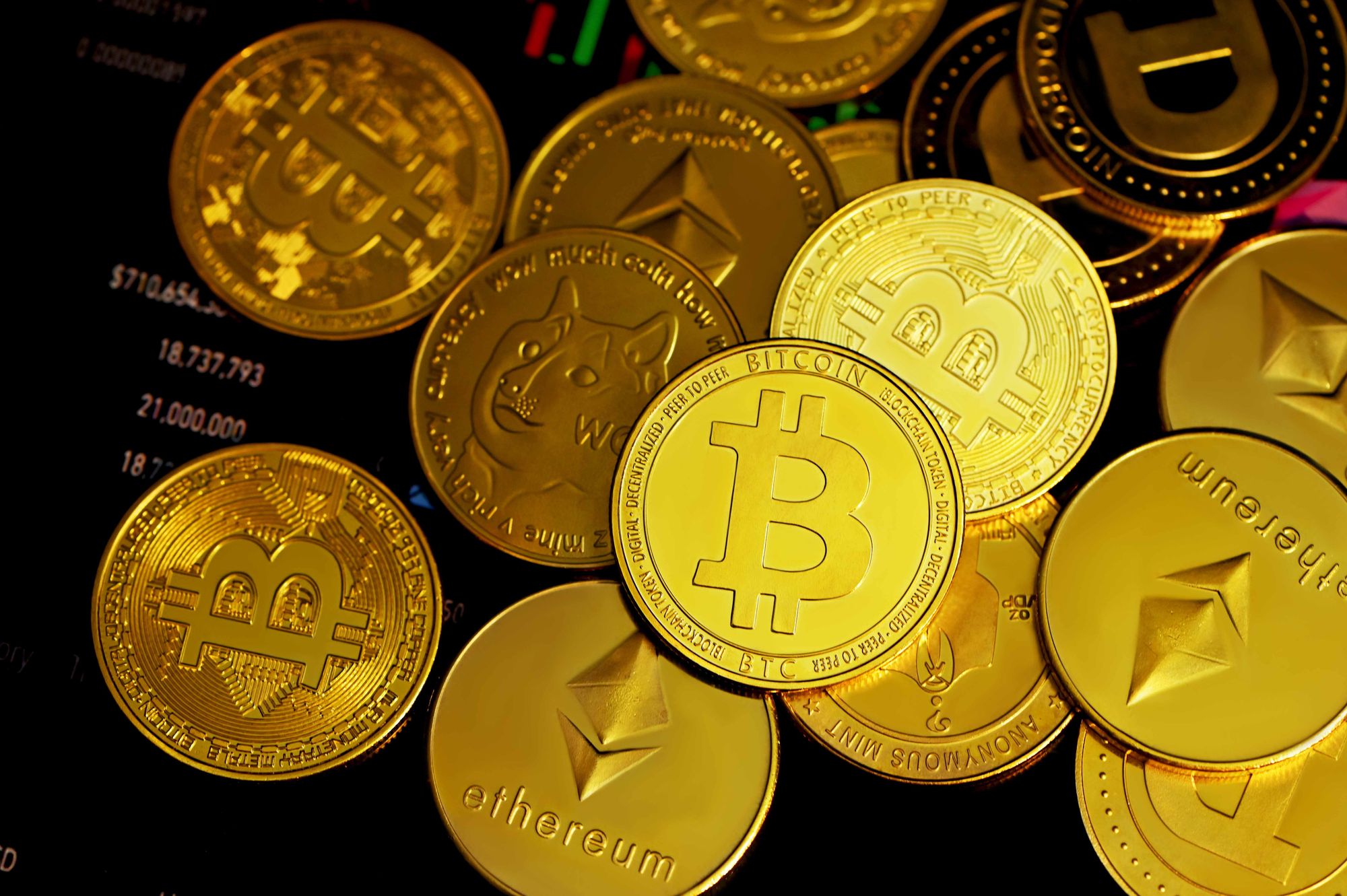
Hard Pulls vs Soft Pulls
In the context of rug pulls, you may come across these two terms: hard pulls and soft pulls. Here is what they mean:
1. Hard Pulls: Hard rug pulls involve more malicious actions. Developers with ill intent may code hidden exploits or backdoors into a cryptocurrency project's smart contract.
These backdoors allow the developers to manipulate the token or siphon liquidity (steal crypto) from investors. These exploitative elements are typically intentional from the beginning, indicating fraudulent behaviour.
Liquidity stealing, where the developers drain the project’s liquidity pool, is also considered a form of hard pull. These actions directly harm investors and are clear instances of fraudulent behaviour.
2. Soft Pulls: Soft rug pulls, on the other hand, involve the developers dumping their crypto assets quickly. Dumping refers to selling off a large amount of tokens or assets in a short period, which can significantly devalue the remaining tokens held by other investors. While unethical, this behaviour may not be explicitly illegal or considered a criminal act like hard pulls.
Soft pulls harm investors indirectly by reducing the value of their holdings. While not as severe as hard pulls, they still leave investors at a loss.
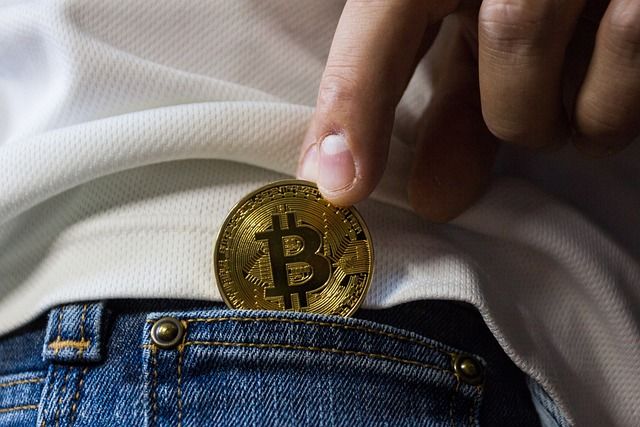
Types of Rug Pulls
Rug pulls fall into different categories, each with its techniques and outcomes. Here are some common types of rug pulls:
1. Dumping: This type of rug pull is similar to stock market pump-and-dump schemes. Developers create hype around their projects, attracting investors and increasing trading activity through various marketing tools like social media, incentives, and community-building platforms like Discord.
Once the value of the coin or NFT has been inflated, the developers rapidly sell off their own supply, causing the token’s value to plummet. As a result, investors are left with assets that hold little to no value. Dumping schemes can occur over a range of time—from hours to even years—and may resemble normal market volatility rather than deliberate scams.
2. Liquidity Stealing: In decentralised finance (DeFi) projects hosted on trading platforms, a pool of crypto tokens is typically needed for trades and loans. Developers can design smart contracts with hidden loopholes that allow them to steal the token pool from investors.
This type of rug pull is considered a hard pull because it involves developers embedding malicious intent from the start, jeopardising the funds of investors who have contributed to the liquidity pool.
3. Limiting Sell Orders: This rug pull scheme relies on developers including restrictions on selling within their token’s code. Investors can keep buying the tokens but not sell them unless the developers authorise them.
Consequently, scammers can dump their tokens on their own terms, leaving investors in a difficult situation with assets that eventually become worthless. This type of rug pull is another example of a hard pull, where investors find themselves unable to exit their positions.

Are Rug Pulls Illegal?
The regulation surrounding crypto fraud varies across different jurisdictions and is still developing.
In the United States, for example, regulation in the crypto space has yet to be consistently defined. The Securities and Exchange Commission (SEC) has yet to clarify its stance on all aspects of cryptocurrencies explicitly.
While the SEC does not consider Bitcoin a security, it filed a lawsuit against Ripple Labs, the creator of the XRP token, alleging the sale of unregistered securities. Ripple is contesting the charges, arguing that crypto tokens should not be treated as securities.
However, on October 3, they had a significant win in their lawsuit against the U.S. Securities and Exchange Commission (SEC).
A judge rejected the SEC’s request to appeal a decision from July that said Ripple’s XRP sales in the past were not like investment contracts. The trial between Ripple and the SEC is set for April 23, 2024, and they need to submit all necessary pre-trial documents by December 4, 2023.
The classification of a digital asset as a security or not can be a challenge. The SEC follows a principle known as the Howey Test to guide their determination. This test defines an investment contract as existing when there is an investment of money in a common enterprise with a reasonable expectation of profits from the efforts of others.
Opinions vary among experts. Some argue that certain blockchain projects, like initial coin offerings (ICOs), should be treated as securities, while tokens like Bitcoin and Ether shouldn’t be.
Examples of Rug Pulls
Here are a few famous examples of rug pulls that have taken place:
1. Thodex: Thodex was once one of Turkey’s largest crypto exchanges. Its founder, Faruk Fatih Ozer, allegedly defrauded his users of $2.7 billion in funds. Before fleeing, Ozer’s company promised new registrants millions of free dogecoins, which they never received. However, in 2022, Ozer was arrested in Albania and extradited to Turkey to face charges.
2. AnubisDAO: AnubisDAO’s anonymous developers orchestrated a liquidity pooling scheme, scamming investors of around $60 million. The developers proposed a decentralised currency backed by a basket of assets, gaining investor support. However, they drained the liquidity pool just 20 hours into the sale, leaving investors empty-handed.
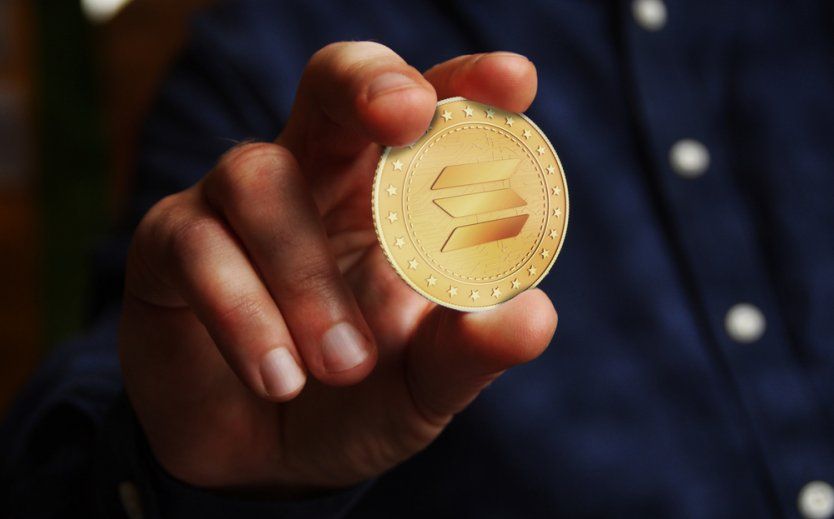
3. Evolved Apes: In this case, an anonymous developer known as Evil Ape vanished after pocketing $2.7 million from investors. The fraud was related to a bogus NFT project called Evolved Apes, which claimed to include a fighting game. While the game was never developed, the NFTs still exist in the marketplace.
4. Frosties NFT: Ethan Nguyen and Andre Llacuna faced charges of wire fraud and money laundering in one of the earliest rug pull crackdowns in the U.S. They created an NFT project called Frosties, promising rewards, giveaways, and exclusive opportunities. However, shortly after selling approximately $1.1 million worth of Frosties, Nguyen and Llacuna abruptly shut down the project and ran away with the investors’ money.
How to Spot a Rug Pull
When it comes to spotting possible rug pulls waiting to happen in the crypto world, here are six signs to watch out for:
1. Unknown or anonymous developers: Take a closer look at the credibility and reputation of the people behind new crypto projects. Are they known within the crypto community? Assess their track record and whether they can deliver on their promises.
Be cautious of new or easily faked social media accounts and profiles. The quality of the project’s white paper, website, and other media can also provide insights into its legitimacy.
2. Lack of liquidity lock: One way to differentiate between a scam coin and a legitimate cryptocurrency is to check if the currency’s liquidity is locked. Without a liquidity lock in place, there’s nothing to prevent the project creators from running off with all the liquidity.
Time-locked smart contracts, ideally lasting three to five years from the token’s initial offering, can help secure liquidity. Checking the percentage of the liquidity pool that has been locked (total value locked, or TVL) is also crucial. A high ratio, ideally between 80% and 100%, offers more security.
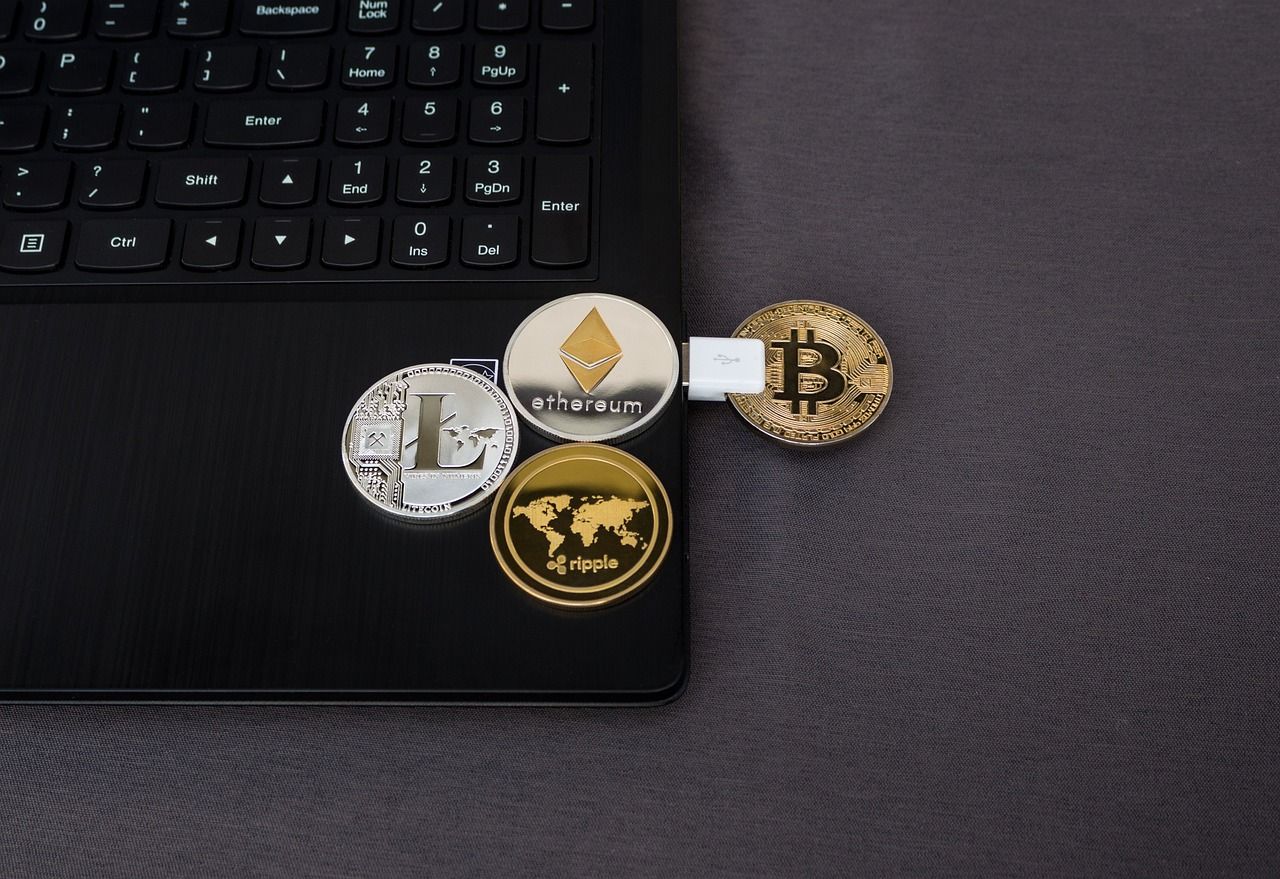
3. Limits on sell orders: Scam projects may impose selling restrictions on certain investors while allowing others to sell freely. These restrictions, typically hidden in the code, should raise suspicion.
One way to test this is to purchase a small amount of the new coin and then immediately attempt to sell it. If there are difficulties in offloading the purchased tokens, it’s likely a scam project.
4. Skyrocketing price movement with limited token holders: Be cautious of sudden massive price swings in a new coin, especially if there’s no liquidity lock. Significant price spikes in new decentralised finance (DeFi) coins often precede a subsequent drop.
You can check the number of token holders using a block explorer. A small number of holders makes the token more vulnerable to price manipulation and immediate damage to its value if a few whales decide to dump their positions.
5. Suspiciously high yields: If the yields offered by a new coin seem too good to be true, they probably are. While not always indicative of a scam, exceptionally high annual percentage yields (APYs) often signal high risk. Such unrealistically high returns are typically associated with Ponzi schemes.
6. Lack of external audit: Reputable new cryptocurrencies usually undergo a formal code audit conducted by a trusted third party. This audit ensures that the code is free of malicious elements. However, don’t just rely on a development team’s claim of having an audit. Look for verifiable third-party audits that demonstrate the absence of malicious code.
How to Avoid a Rug Pull
Here are some tips to help you avoid falling victim to a crypto rug pull:
1. Be sceptical: Approach new cryptocurrency projects with a healthy dose of scepticism. Not every investment opportunity will be the next big thing. Understand that most cryptocurrencies do not gain the same level of success as Bitcoin or Ethereum. Only invest money you can afford to lose and be aware of the risks involved.
2. Be patient: Scammers often create a sense of urgency to push sales. Resist the fear of missing out (FOMO) and take the time to research before making any investment decisions. Avoid falling into the trap of hasty investments without thorough evaluation. Remember, there will always be future opportunities, and it’s better to be safe than sorry.
3. Research: Gather as much information as possible about the project you’re interested in. Look into the developers’ backgrounds, past projects, and experience. If you have coding and blockchain knowledge, examine the project’s technical specifications. If available, read the project’s white paper to understand its goals, implementation plans, and potential risks.
4. Read disclosures: If an investment opportunity provides disclosures, make sure to read them carefully. Regulatory bodies, like the SEC, may require crypto companies to provide certain information to investors. Pay attention to any red flags or missing information. If a digital asset offering appears to be a security but lacks necessary disclosures, exercise caution.
To Sum Up
Remember, rug pulls often prey on people’s excitement and impulsive decision-making. Taking the time to research, exercise scepticism, and stay informed can significantly reduce your risk of falling victim to scams and rug pulls in the crypto world.
FAQs
Q: What is a rug pull in crypto?
A: A rug pull is a deceptive scam where developers behind a cryptocurrency or NFT project attract investors, create excitement, and then vanish or shut down the project after collecting a substantial amount of funds, leaving investors with no way to recover their money.
Q: What is the difference between hard pulls and soft pulls in rug pulls?
A: Hard pulls involve intentional malicious actions, such as coding exploits or backdoors into the smart contract, directly harming investors. Soft pulls, on the other hand, involve developers quickly selling their crypto assets, indirectly harming investors by devaluing their holdings.
Q: How common are rug pulls in decentralised finance (DeFi)?
A: Rug pulls have become more prevalent in DeFi. In the first six weeks of 2023, there were at least 11 instances of rug pulls, resulting in a combined total theft of over $14 million, according to Comparitech’s crypto scam database.
Q: Is a crypto rug pull illegal?
A: The legality of rug pulls varies across jurisdictions, and crypto fraud regulations are still developing. In the United States, for example, regulation in the crypto space has not been consistently defined, and the Securities and Exchange Commission (SEC) has not clarified its stance on all aspects of cryptocurrencies.
Q: How do I know if my crypto is a rug pull?
A: Signs of a potential rug pull include unknown or anonymous developers, lack of a liquidity lock, limits on sell orders, skyrocketing price movement with limited token holders, suspiciously high yields, and lack of an external audit. Investors should conduct thorough research and be cautious of red flags.
Q: What is the biggest crypto rug pull?
A: Determining the single biggest crypto rug pull can be challenging, as the scale of these scams varies. However, some infamous examples include Thodex, AnubisDAO, and Evolved Apes, where developers defrauded investors of substantial amounts.
Q: What happens after a rug pull?
A: After a rug pull, investors are left with worthless or significantly devalued assets, and developers responsible for the scam disappear. Investors have little to no recourse to recover their funds, and the fraudulent actors often face legal consequences if authorities pursue them.
Q: What is an example of a rug pull?
A: An example of a rug pull is Thodex, once one of Turkey’s largest crypto exchanges. Its founder allegedly defrauded users of $2.7 billion in funds, promising new registrants millions of free dogecoins before disappearing. Thodex’s founder, Faruk Fatih Ozer, was later arrested in Albania and extradited to Turkey to face charges.
Disclaimer: This article was written by the writer to provide guidance and understanding of cryptocurrency trading. It is not an exhaustive article and should not be taken as financial advice. Obiex will not be held liable for your investment decisions.
